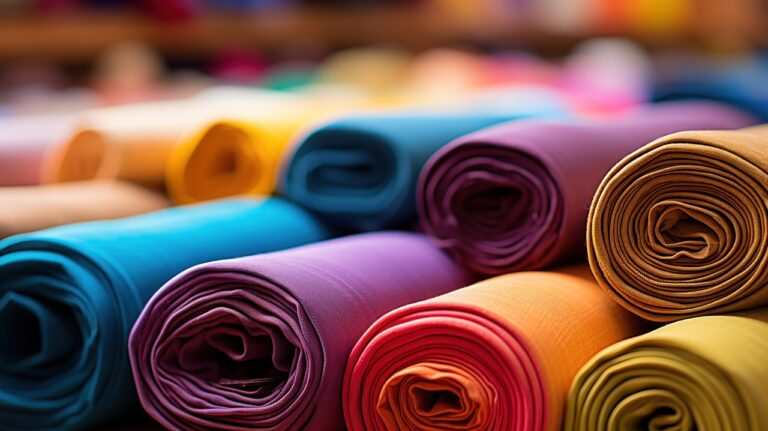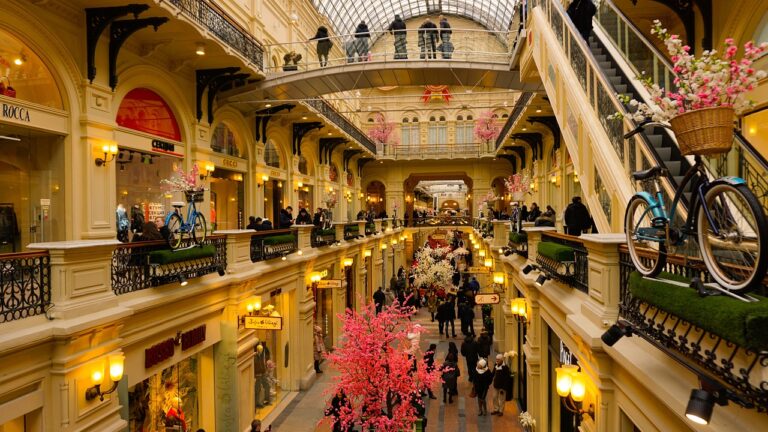Trends in Gender-neutral Fashion and Retail
When it comes to gender-neutral fashion, versatility is key. Designing pieces that can be styled and worn by individuals of any gender is essential in creating a truly inclusive and diverse clothing line. This means focusing on silhouettes, colors, and fabrics that have universal appeal and can be easily mixed and matched to suit any individual’s preferences.
Another key element of gender-neutral fashion is the incorporation of minimalist and timeless designs. By steering clear of overly gendered or trendy elements, gender-neutral brands can ensure that their pieces remain relevant and appealing for a wide range of consumers. Embracing simplicity and lasting style not only transcends conventional gender norms but also promotes sustainability in the fashion industry.
Inclusive Marketing Strategies for Gender-neutral Brands
When developing marketing strategies for gender-neutral brands, it is essential to prioritize inclusivity in all aspects of communication. This involves using language and visuals that do not reinforce traditional gender norms. By consciously avoiding stereotypes and embracing diversity, brands can appeal to a wider audience and create a welcoming environment for individuals of all gender identities.
Another crucial aspect of inclusive marketing for gender-neutral brands is collaborating with a diverse range of influencers and models. By featuring individuals from various backgrounds and identities in marketing campaigns, brands can showcase their commitment to inclusivity and foster a sense of belonging among their audience. Additionally, partnering with LGBTQ+ organizations and supporting relevant causes can further demonstrate a brand’s dedication to promoting equality and diversity in the fashion industry.
Breaking Stereotypes in Fashion Industry
One of the most significant changes in the fashion industry in recent years is the push to break stereotypes. Designers, brands, and consumers alike are challenging traditional notions of gender, size, and beauty in the industry. This shift towards inclusivity and diversity is not only reshaping the way fashion is created and marketed but also how it is perceived and consumed.
By embracing gender-neutral designs, celebrating all body types, and featuring a diverse range of models in campaigns and runway shows, the fashion industry is moving towards a more inclusive and representative future. Breaking stereotypes in fashion is not just a trend, but a movement towards a more accepting and open-minded society. The industry’s influence extends beyond just clothing and accessories; it has the power to shape perceptions, challenge norms, and promote positive social change.





